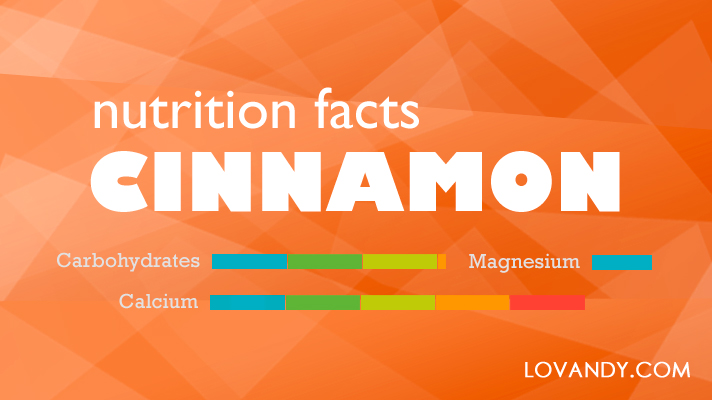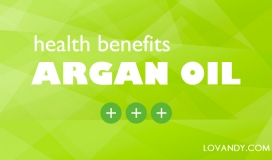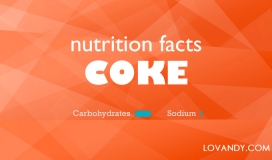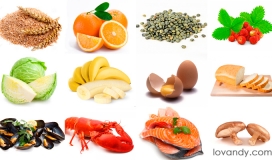Cinnamon is a spice, which is made from the bark of a tropic tree. It is used in both sweet and spicy meals as a nice additional flavor. However, is it a nutrient product?
Where Cinnamon Comes From
Cinnamon in the form that we are all familiar with is the bark of a small tree growing in South Asia and the Middle East. Cinnamon sticks or powder, which we usually buy in supermarkets, is actually the dried bark of this tree, but there is also another kind of cinnamon, which is made from cassia. The homeland of the most popular cinnamon species is Sri Lanka, where different kinds of cinnamon trees grow, rich in a variety of flavor tones.
The highest quality Sri Lankan cinnamon is light yellowish or brown, it is made from a very thin soft bark, has a pleasant aroma and an unusually sweet, warm and pleasant taste.
To obtain a fragrant bark, the following cycle is performed: a two-year plant is cut to the root; during the year young shoots appear on the cutting site, the bark is cut off and dried. The top layer is taken away. Only 0.5 mm of the inner layer is used for a spice. The dried bark is wrapped in tubes that are cut 5-15 cm long before selling.
Nutrition Components in Ground Cinnamon
Ground cinnamon is the most common form of the spice. Depending on the sort of a tree, it may contain up to 260 calories (which we have discovered here). This means there are many carbohydrates in cinnamon. Therefore, 100 grams of this flavor contain almost 65% of carbs daily norm. The glycemic index here is only 5 (as for any other spice).
There are many fibers in the brown spice. One teaspoon of cinnamon contains more than 20% of your daily norm, which is a huge amount.
Talking about proteins and fats, they do not take a big part of cinnamon content. Both not more than 10% of daily norm.
Cinnamon Powder Nutrition
You may also find a cinnamon powder in your local store. The difference between ground and this one is not significant. There might be some pieces of a bark in the first one; that is all.
Therefore, let us talk about vitamins in cinnamon powder. The most significant numbers are found for vitamins K, E and some of the B group. However, even those are not much. B6 content reaches to 12% of a daily norm (for 100 grams). K is 35% and E is close to 16%. Any other vitamin is not significant.
So, cinnamon is not actually a big source of vitamins. Nevertheless, it is widely used in medical purposes as a nice remedy from colds. Why so? The reason is microelements. Some of chemical elements take a huge part of cinnamon.
There are more than 850% of your daily norm for manganese in 100 grams of cinnamon!
This substance helps in cells developing and can normalize cholesterol. In addition, there are 100% of calcium you need daily. Any child knows its features. It helps your bones, nails and hair to grow properly, providing then with life products.
Facts about Nutrition of Cinnamon Sticks
Some people consider sticks of cinnamon to have another content. Nevertheless, this form is just the same. As we have said before, sticks are what cinnamon is sold like. After receiving those sticks, some manufacturers will ground it to make a powder. It is much easier for a customer to use a ready spice that can be added anywhere. No one wants to ground it at home.
There is nothing harmful in such drugs, but you should consult with a doctor before using any.
There are many supplements and pills with a concentrated cinnamon. Such remedies are widely used as a vitamin that helps to control sugar level and improve immunity. The content of an actual spice in them is usually close to 85%.
Nutrition Information for Cinnamon Sticks and Powder (Glycemic index = 5)
| Name of cinnamon component | Content per 100 g | Percent of daily intake (according to USDA) |
|---|---|---|
| Proteins | 4.1 g | 8.7% |
| Carbohydrates | 80.6 g | 62.0% |
| Fats | 1.2 g | 3.4% |
| Dietary Fiber | 53.1 g | 266% |
| Vitamin A | 15 µg | 2.1% |
| Vitamin B1 | 0.03 mg | 1.8% |
| Vitamin B2 | 0.04 mg | 2.4% |
| Vitamin B3 (PP) | 1.33 mg | 9.6% |
| Vitamin B6 | 0.17 mg | 12.2% |
| Vitamin C | 3.81 mg | 5.1% |
| Vitamin E | 2.33 mg | 15.2% |
| Vitamin K | 31.2 mg | 34.5% |
| Calcium | 1.0 g | 100% |
| Iron | 8.32 mg | 46.3% |
| Magnesium | 60.0 mg | 15% |
| Manganese | 17.5 mg | 881% |
| Phosphorus | 64.0 mg | 8.1% |
| Potassium | 431 mg | 17.4% |
| Sodium | 10.0 mg | 0.5% |
| Zinc | 1.84 mg | 22.5% |
Cinnamon is not a highly-calorized product; its glycemic index is very low. However, some microelements are stored there in huge amounts, making this spice a health-beneficial substance. It is recommended to use cinnamon regularly as an additional source of vitamins and nutrients.














